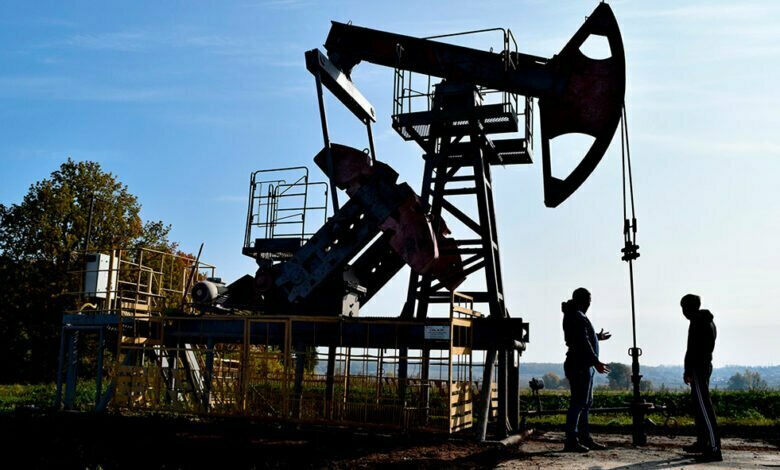
The last time Brent North Sea oil traded above $85 per barrel in October 2018, the price of the December Brent crude futures rose above $85 per barrel on October 15, according to trading data on the London ICE exchange.
At the high of the day, a barrel of Brent rose to $85.08, adding 1.1% to the previous close. The cost of WTI oil is also increasing. November WTI crude futures on the New York Mercantile Exchange rose 1% to $82.13 per barrel.
Reuters notes that oil prices are rising amid high demand and fears of supply cuts in the next few months, as the rapid rise in gas and coal prices has pushed electricity producers to switch to petroleum products.
What awaits the oil market Oil prices will remain high in the coming years, as demand for raw materials will recover, and supply will remain limited, according to Damien Kurvalin, head of energy research at Goldman Sachs.
According to the Goldman Sachs baseline scenario, the price of Brent crude oil will rise to $90 per barrel by the end of the year. “The current increase in oil prices is not a temporary, seasonal winter shock, as is the case with the gas market. Instead, it is the beginning of a significant revaluation in the oil market,” Kurvalin said in an interview with CNBC.
Fundamental indicators favor higher prices, which have not since 2014, the expert believes. The market is experiencing the most extended shortage of raw materials in recent decades, and demand will continue to outpace supply in winter, Kurvalin believes.
According to him, the lack of investment in oil production in the face of rising demand indicates “persistently high prices,” at least in the coming year. The Goldman Sachs expert expects oil demand to reach new record highs in 2022 and 2023.
According to the bank’s forecasts, average prices for Brent crude oil will be near $85 per barrel in the next few years. In early October, Bank of America analysts forecast that due to the energy crisis, the rise in oil prices could rise to more than $100 per barrel and lead to a global economic crisis. Oil prices have not to such a level since 2014.
According to the bank’s experts, the cost of oil may reach a seven-year high due to high gas prices, a jump in energy consumption due to a cold winter;
and an increase in demand for air transportation after the United States opens its borders, easing restrictions on entry into the country for November.